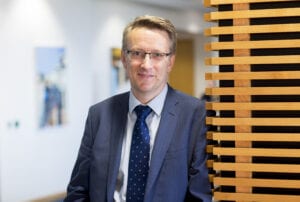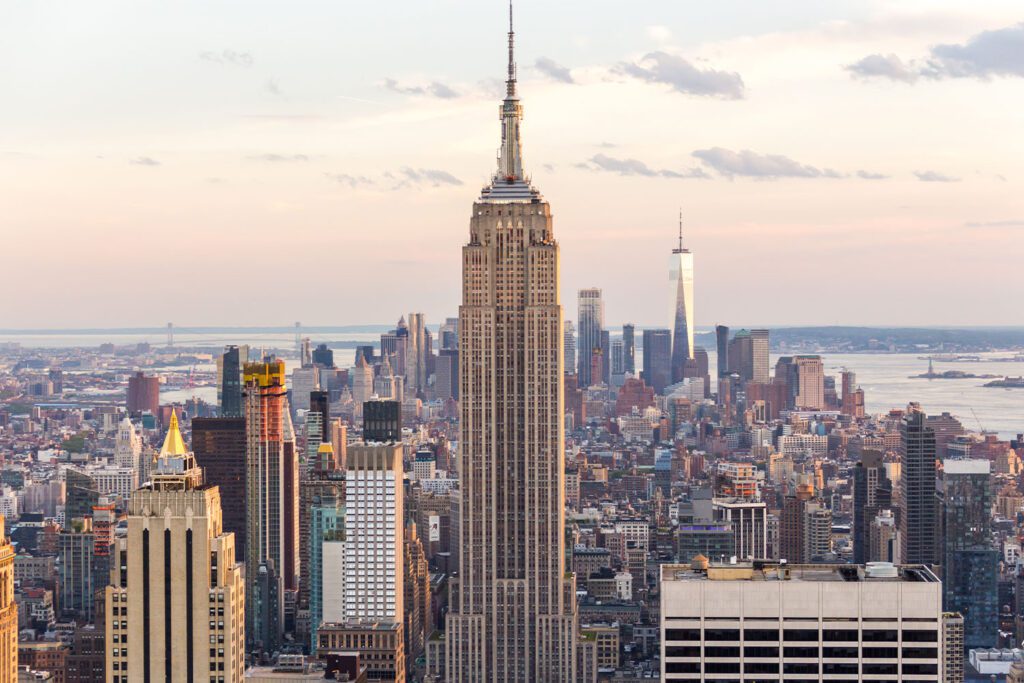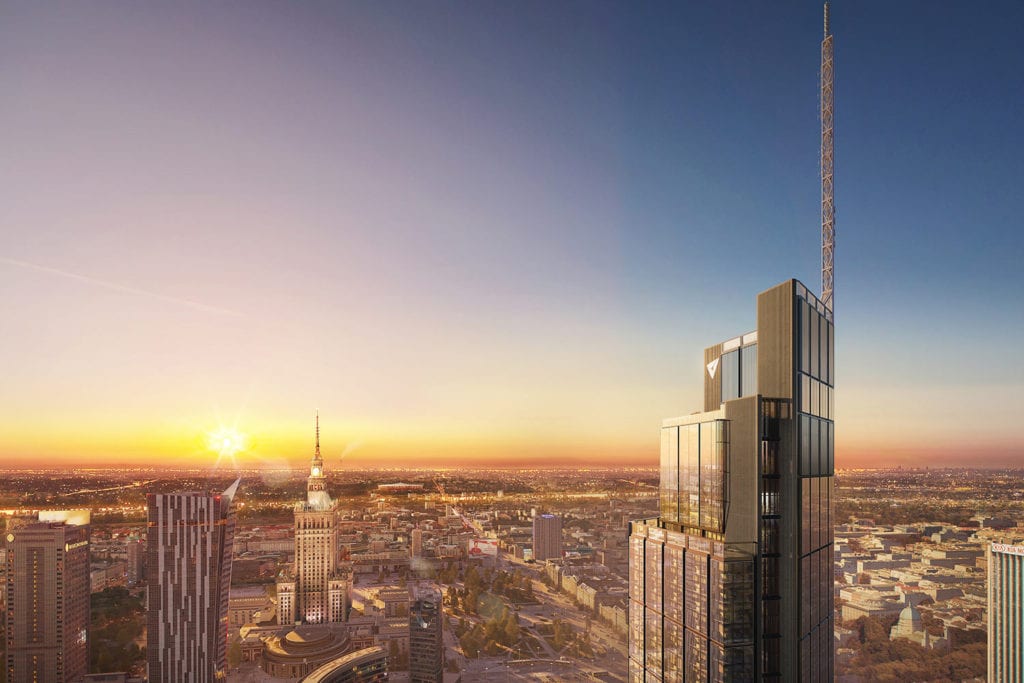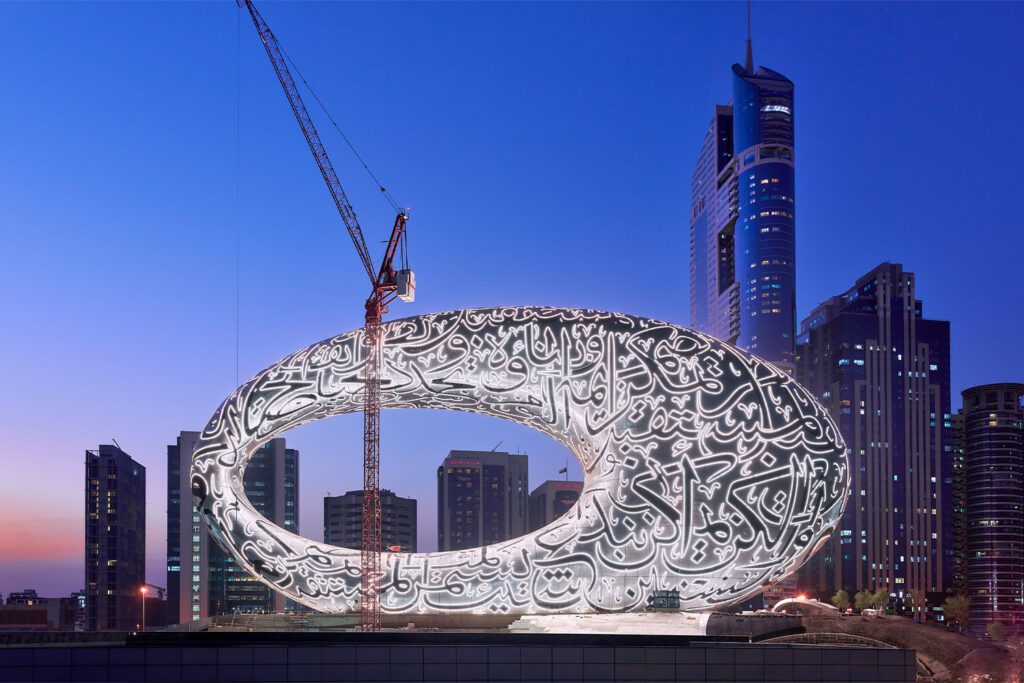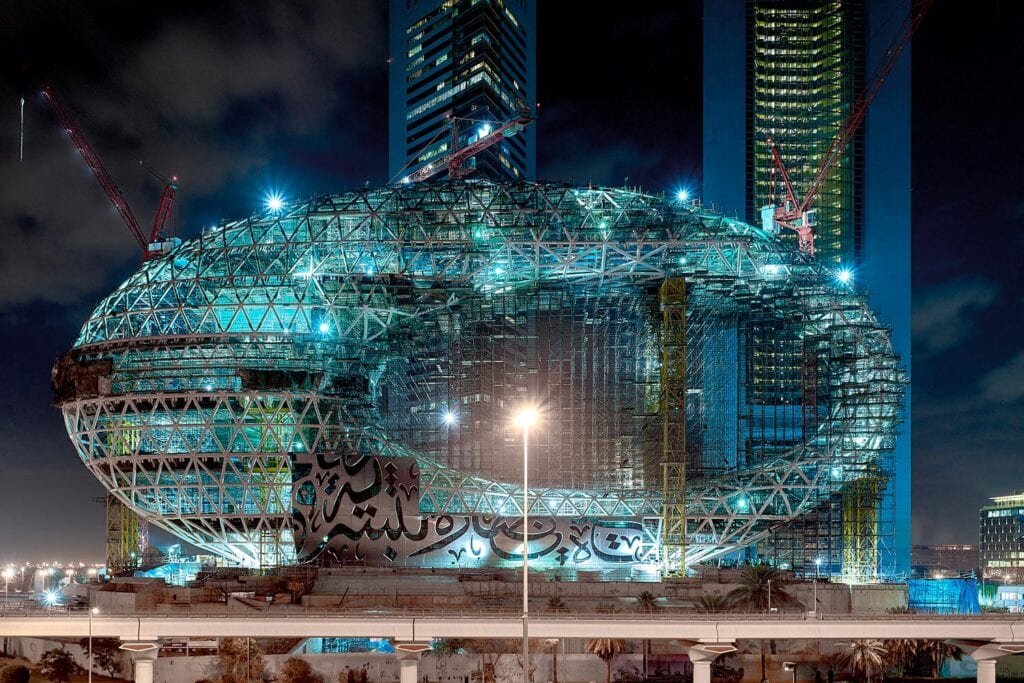Bridging the divide
For Buro Happold bridge technician Ingrid Valeschini, nothing had prepared her for the beauty of Rwanda. News reports talked a lot about the struggles the country had undergone – war, genocide, poverty, instability – but the sheer scenic beauty of the landscape hadn’t often been mentioned on the Six O’Clock News.
“It’s such a beautiful country,” she says. “I never had Rwanda on the top of my list of places I wanted to visit, but it turned out to be an amazing experience.”
Ingrid was one of a team of five Buro Happold technicians and engineers that spent two weeks in Rwanda, working with the Bridges to Prosperity charity to construct a suspended bridge that would transform the opportunities of a rural community.
The Nyagakonyi River divides community life in the village of Rubete, though for many access to school, work and critical resources such as healthcare, requires crossing the river.
Buro Happold and WilkinsonEyre teamed up to work alongside the charity to help construct a new bridge for the community. The volunteers travelled out to Rwanda in May 2022 to lend their engineering and design expertise to complete this life-changing project.
The Buro Happold team – Ingrid Valceschini, Christopher Ball, Matthew Duckett, Robert Edwards and Olivia Hughes – had never experienced anything quite like it.
Structural engineer Matthew Duckett says: “The existing crossing was a very poor condition timber bridge – essentially a couple of felled trees with some planks on top of them. There were no handrails, so it was extremely precarious for villagers.
“The bridge would get swept away every rainy season, and the locals would attempt to rebuild it as best they could. So, Bridges to Prosperity identified this site as a place where provision of a proper suspended bridge could have a big impact on the community.”

Raising aspirations
Buro Happold has a rich heritage of encouraging its teams to devote their skills to community projects around the world that help to lift the equity and aspiration of some of the world’s poorest populations. We have worked with the Bridges to Prosperity charity for a number of years, including supporting other bridge building missions to Rwanda, such as the project to build a bridge at Gatare in 2018, and Gasiza in 2016.
The group of engineers, technicians and architects who took part in the Rubete Trail Bridge project had been due to travel to Africa in 2020, but their plans were delayed by the Covid-19 pandemic and resulting travel restrictions. With financial backing from the Happold Foundation, as well as other sponsorship and fundraising, the group was finally able to travel to Rwanda in 2022.
A thirty-minute drive from the capital Kigali, the team found themselves working in a challenging remote location, with villagers engaged to support the project, including the initial laborious process of transporting materials for the new bridge by hand from the nearest main road. Ingrid says: “We had a team of around 15 local people working alongside us, and it was mainly women who wanted to get involved to help to improve the community and provide a safer access to the village for their families and friends. It was amazing to see how engaged they were with the project.”

Building Bridges
Bridges to Prosperity provided a standard blueprint for a pedestrian suspended bridge that is delivered as a kit of parts, which the team set to work on constructing during their two-week stay.
A main cable sag was initially erected between two concrete anchors that had been built on either side of the ravine. From this the main bridge cables could be erected, off which the decking would be hung.
The decking was delivered to the site in a series of small steel panels, which had to be slotted together by hand, and launched on a series of hangers. Deck panels needed to be customised to a bespoke specification for the meeting in the middle of the bridge, which fluctuates according to the natural sagging of the bridge.
The team then worked on the laborious process of twisting into place by hand the wire safety mesh, which hangs from the handrails. A full safety assessment of the new bridge was then made, with checks from the district engineers and local authorities, before the official opening to the community.
A group of local men and women were trained and given the qualifications required, through Bridges to Prosperity, that will enable them to maintain the bridge in the coming years.
“The project is not just providing a piece of infrastructure that will then become a burden to the community as repair is required. By training members of the local community, and providing the tools and materials necessary for maintenance, B2P enable the local community to take ownership of the bridge over its lifespan.”
Matthew Duckett, Senior Structural Engineer

Getting hands-on
The Buro Happold experts spend much of their working lives focused on the digital design phase for a structure, so to get hands-on with its construction was hugely rewarding for them.
“It was very rewarding,” Ingrid says. “My day job requires the 3D modelling and drawing of designs for bridges, so it was amazing to be on site and work for two weeks and actually see the design get built. The beauty of building a bridge is how beneficial it’s going to be for the people living there, so to work with them directly was an amazing experience.”
Matthew adds: “We spend a lot of our time designing structures sitting at a desk. Even when we’re on site-based roles, we’re not doing the physical building, so doing work such as the wire mesh twisting left us all with sore hands, but it also left us with this rewarding sense of having actually physically built the bridge. It gives you such a new perspective.”
